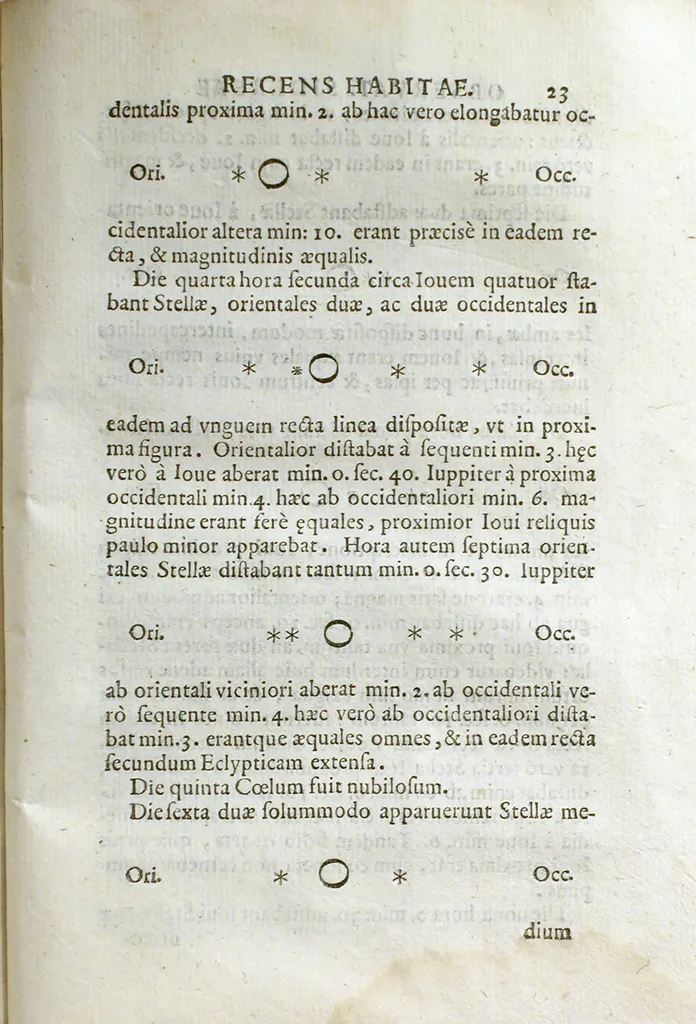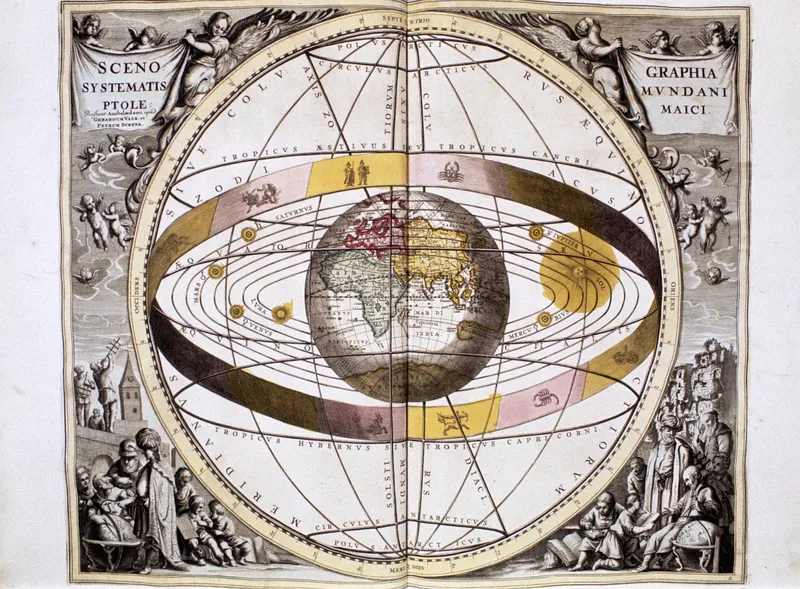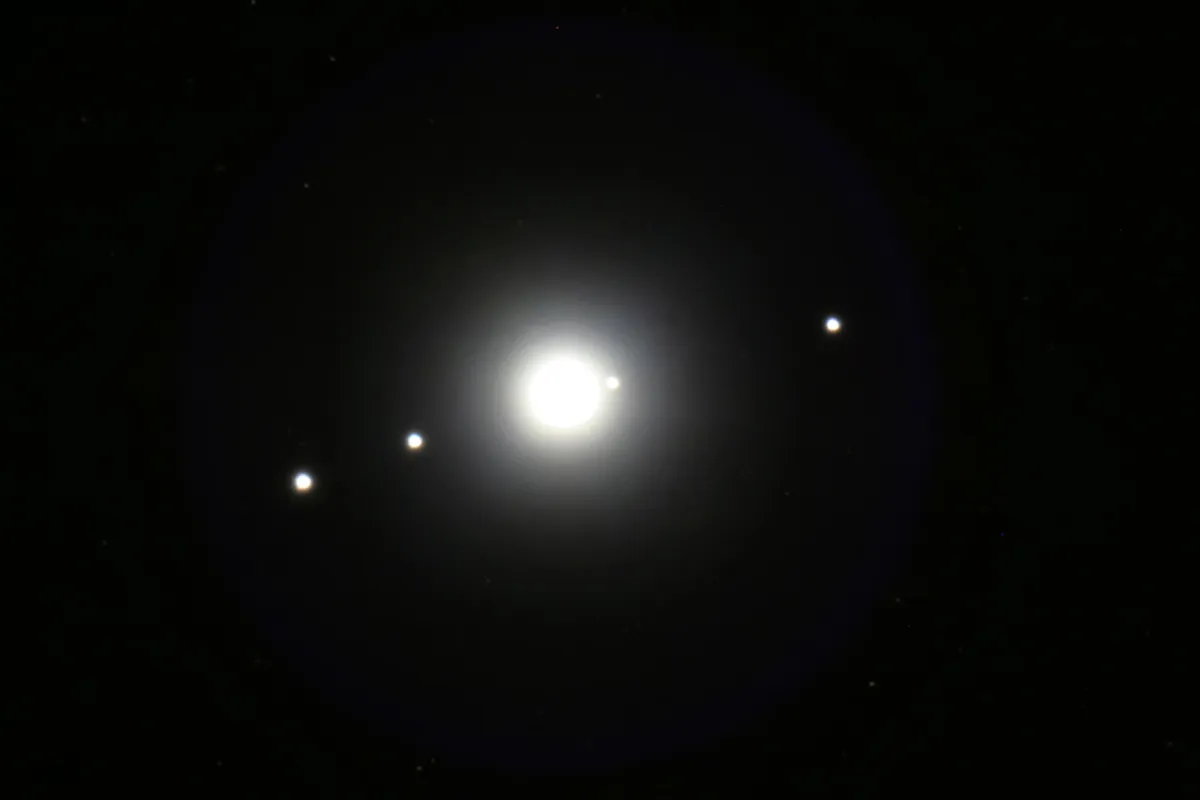On 7 January 1610 an astronomer, his homemade telescope and a giant planet forever changed the way we view the Universe.
That person, of course, was Galileo.
Over 400 years later, Galileo's observations of Jupiter and its moons are easy to repeat.
And that’s something you can easily achieve when Jupiter is at opposition and well-placed in the evening sky.
For help with this, read our guide on how to observe Jupiter through a telescope.
If you don’t own a telescope, get in touch with your local amateur astronomy society and see if they are hosting any observing events where you can join in.
Into DIY? Find out how to build your own Galileo telescope

Galileo, Jupiter's moons and heliocentrism
Galileo’s observations of Jupiter led him to realise that the four points of light dancing around the distant world were in fact the planet’s four largest moons, now called the Galilean moons.
In this way, what Galileo observed at Jupiter marked a huge change in scientific thinking.
Before Galileo, humanity viewed the Universe according to a model put forward by a Roman astronomer and mathematician living in Egypt in the 2nd century AD.
Claudius Ptolemy’s work the Almagest put Earth at the centre of the known Universe and the Sun, Moon and planets in orbit around it, while the stars were fixed points in space.

This Ptolemaic view of the Universe prevailed for hundreds of years, backed up by the Christian Church, since it supported religious views so conveniently.
Earth was the creation of God, so naturally He would place His great creation at the centre of the Universe to confirm humanity's favoured place in the heavens.
Galileo was already certain that this view of the Universe was wrong: he had seen phases on Venus and the shadows of mountains on the Moon
This suggested that the Sun was at the centre of the Solar System, an idea that had been put forward by Nicolas Copernicus
Clearly, if Jupiter could have satellites then Earth was not the centre of the Universe.

The Church didn’t embrace these discoveries and viewed Galileo’s publication of them as an act of heresy.
But despite Galileo spending the rest of his natural life under house arrest, the first tentative steps towards understanding how the Solar System worked had been taken
And with those first steps science began to free itself from the shackles of religion.
Find out more about this in our article on geocentrism vs heliocentrism.
Science has made great strides since Galileo’s day, and it’s a sobering thought that when you turn a pair of binoculars towards Jupiter, what you’re seeing is many times more powerfully magnified than anything Galileo could have wished for.
Nevertheless, the astronomical revolution arguably began with a single astronomer and his homemade scope.
In this way, Galileo changed how we view the Universe.
This article originally appeared in the October 2009 issue of BBC Sky at Night Magazine

